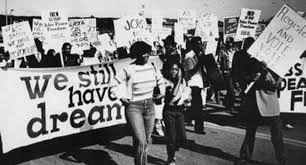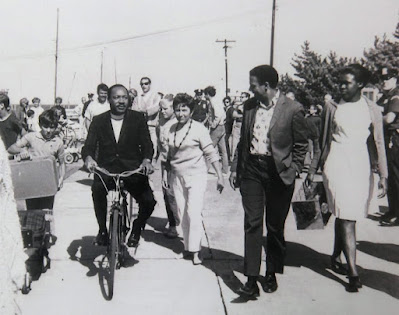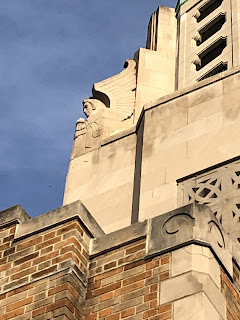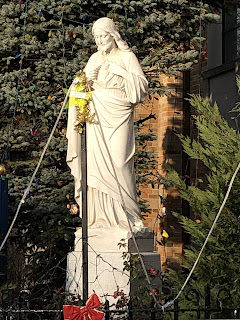Although I consider myself a “99 percent” pacifist, I have the utmost respect for veterans. It actually pains me physically to know that some are living under bridges, railroad trestles and highway overpasses. I’ve seen them while riding for fun, commuting or errands and have offered money, food, bottles to recycle or other items. Sometimes they were too proud or ashamed (which are really the same thing) to accept; other times, I have discreetly left items or money to “find.”
I mention my attitude and relationship toward veterans in the hope that no one thinks I’m disrespecting them with the comparison I am about to make.
I do not support the removal of a gravestone or any other monument to any veteran—whether he or she died in battle at a young age or was an officer who lived to his or her dotage, and whether he or she was on the “right” side of a conflict. Most combatants are conscripted or join because of familial or societal pressures. They are all part of a carnage which I hope, however naïvely, will be seen one day as unnecessary as alpaca pantaloons.
Likewise, I would hope that all of the tributes—including “ghost” bikes—to cyclists killed by motorists are never removed.
Apparently, some person or organization in Austin, Texas doesn’t share my view. “Ghost” bikes have been disappearing from the city’s streets.
Some people believe they are being retrieved for scrap metal, possibly by unhoused people. But there are also rumors that they are being systematically removed by city agencies or individuals who aren’t as in dire straits as the unhoused but don’t want to be reminded of any unpleasantness. As one resident whined, “A person died here, for heaven’s sake. Can’t you just let it be?”
I wonder whether that person would want to “just let it be” if the person to whom the monument was dedicated had died in defending the Alamo or slavery—which, if you read any history at all, you would realize are the same thing.



















.jpg)



















